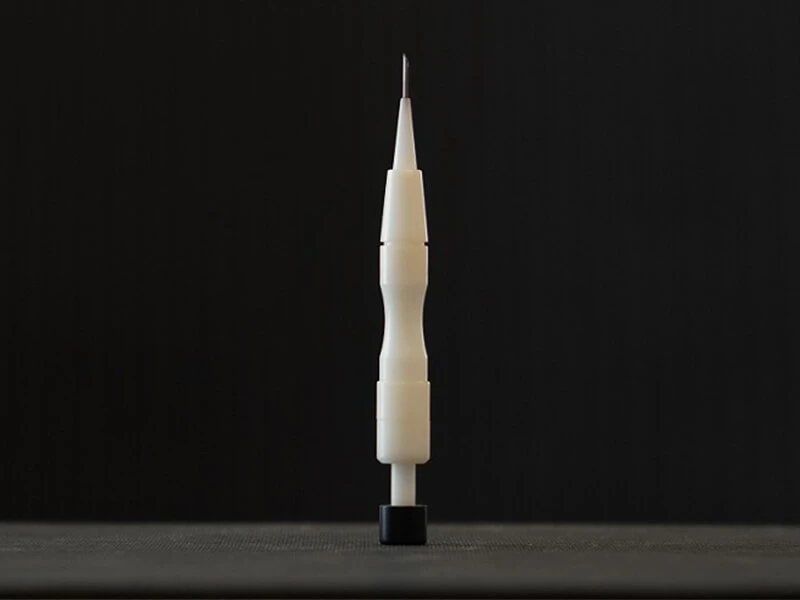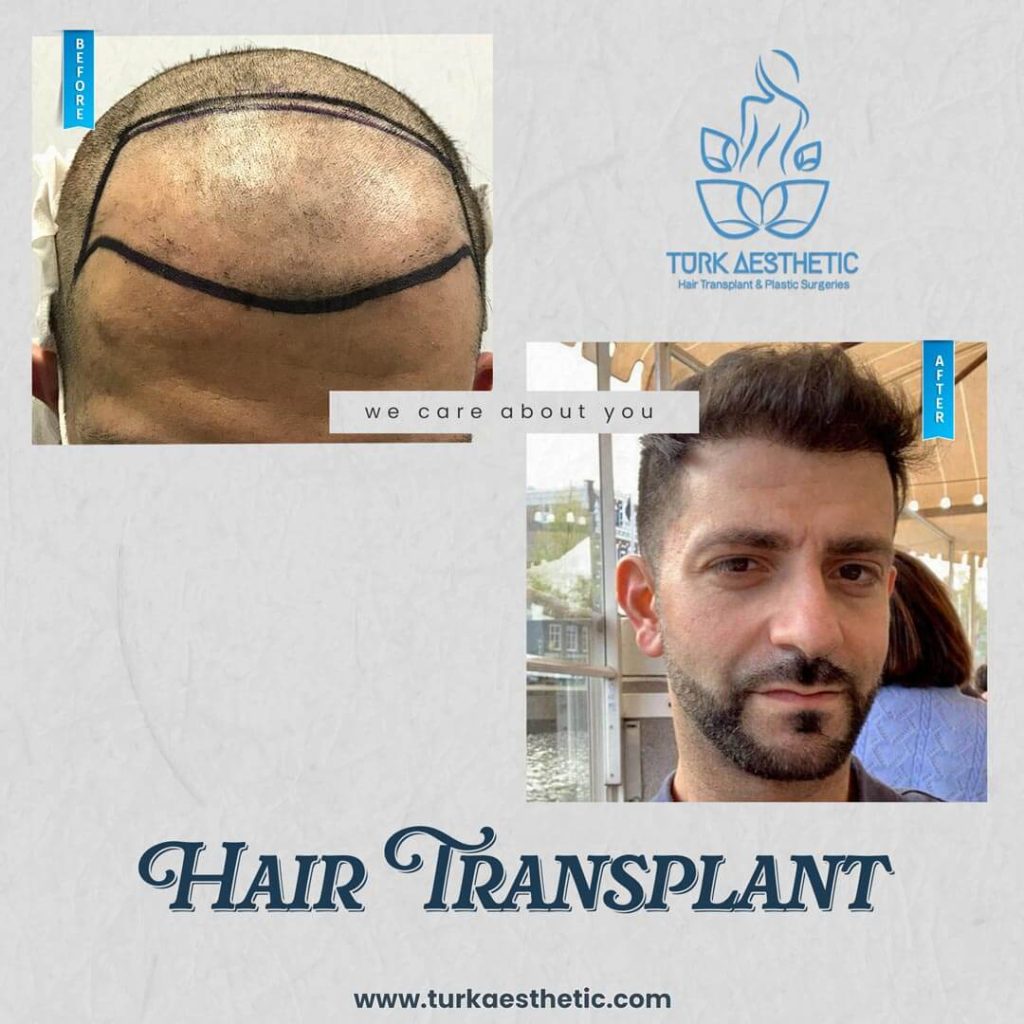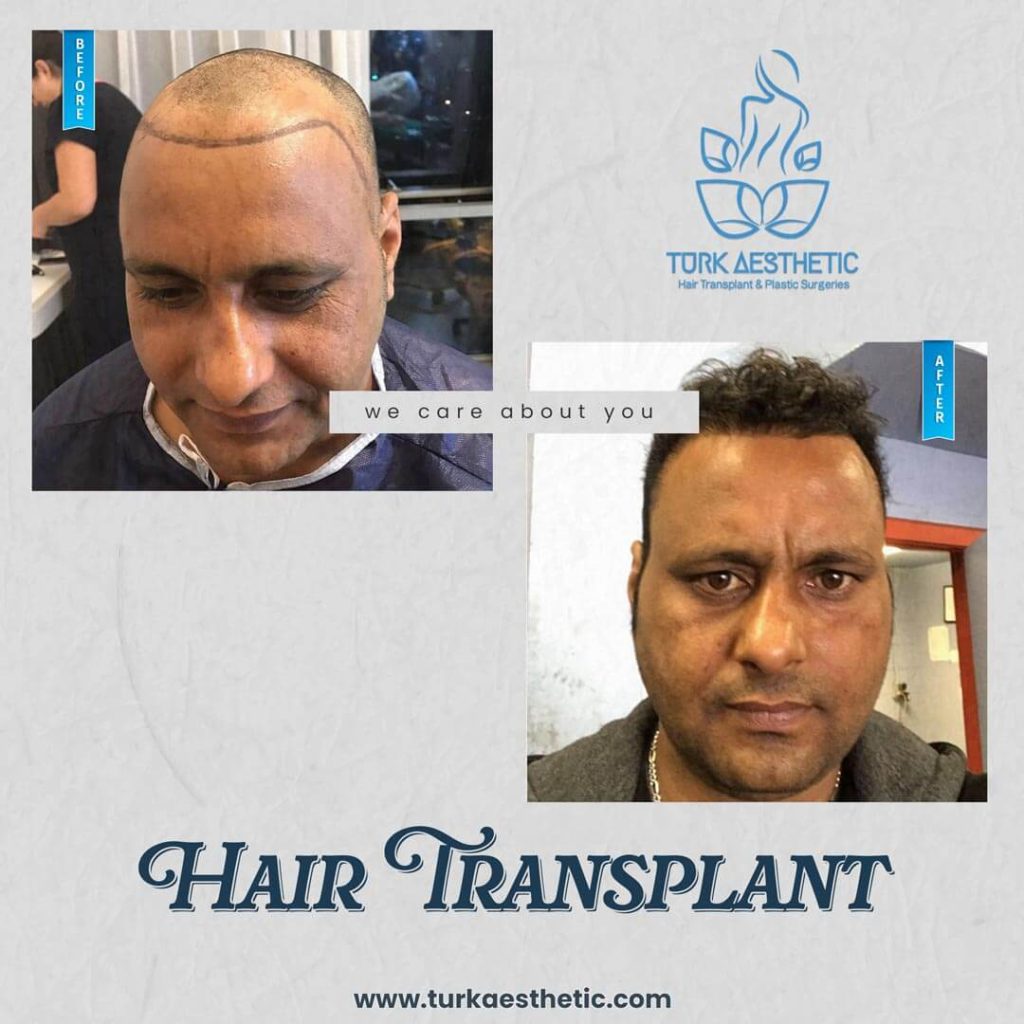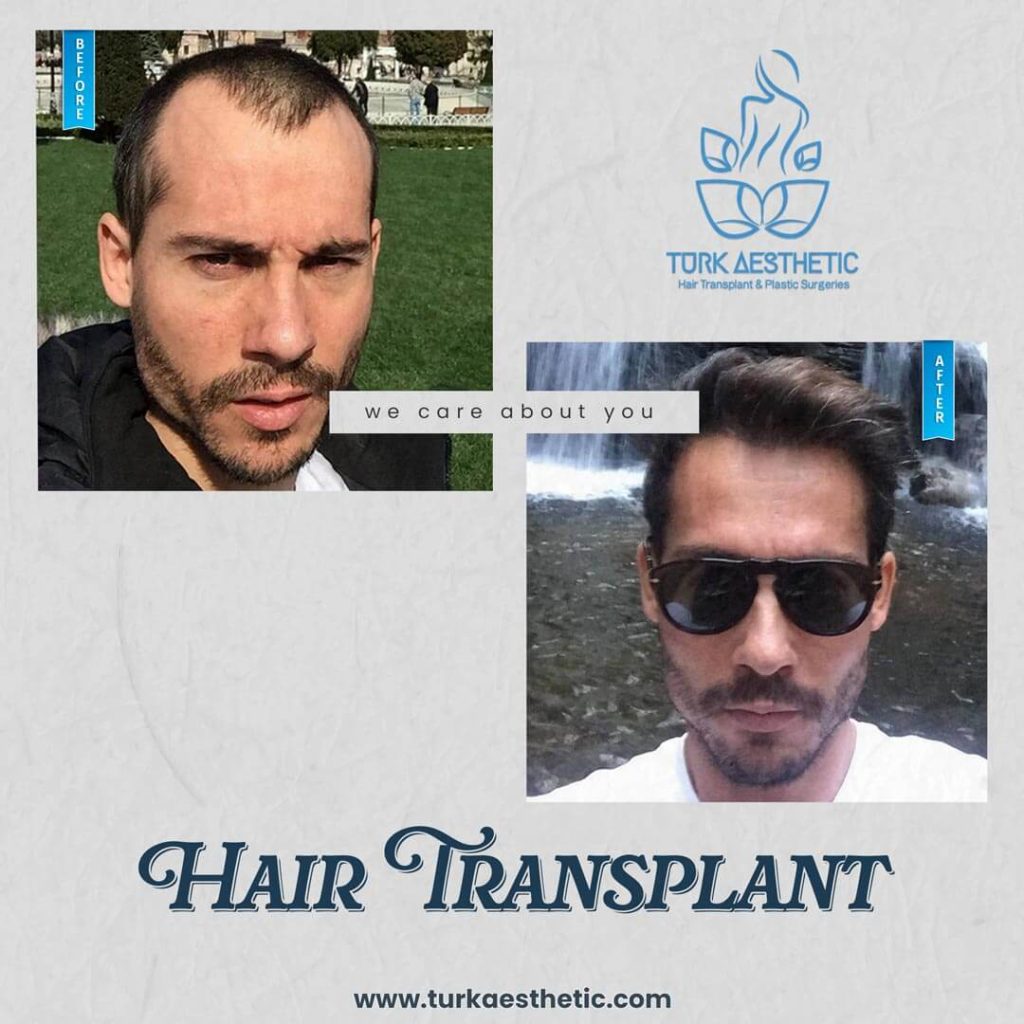1- Procedure Details
What is DHI hair transplant?
DHI hair transplant, or Direct Hair Implantation, is a cutting-edge hair restoration method designed to deliver precise and natural results. This advanced technique uses a specialized tool, commonly referred to as the Choi Implanter Pen, to implant hair follicles directly into the recipient area. By eliminating the need for pre-made incisions, DHI streamlines the process and ensures a more efficient and controlled procedure.
How does it differ from FUE and FUT techniques?
DHI hair transplant differs from other methods like FUE (Follicular Unit Extraction) and FUT (Follicular Unit Transplantation) by combining extraction and implantation into one seamless step. While FUE requires creating tiny incisions for implanting hair follicles, DHI technique implants the grafts immediately after extraction, reducing handling time and increasing graft survival rates. Unlike FUT, which involves removing a strip of scalp, It is minimally invasive, leaving no linear scars.
The steps involved in the DHI procedure.
The DHI hair transplant process begins with extracting healthy hair follicles from the donor area using a micro-punch tool. These follicles are carefully loaded into the Choi Pen and then implanted directly into the recipient area, one by one. This technique allows surgeons to control the depth, angle, and direction of each implanted follicle, resulting in a natural appearance that blends seamlessly with existing hair.

2- Advantages and Benefits
Precision of follicle placement.
One of the standout benefits of the DHI hair transplant is its precision. The use of the Choi Pen allows surgeons to implant hair follicles with unparalleled accuracy, ensuring that each graft is positioned at the perfect angle and direction to mimic natural hair growth. This precision results in a more uniform and aesthetically pleasing hairline.
Reduced scalp trauma.
The DHI technique minimizes trauma to the scalp by avoiding extensive incisions. This reduction in tissue damage not only makes the procedure less invasive but also significantly lowers the risk of scarring and complications. As a result, patients experience a more comfortable recovery process.
Faster recovery time.
Since it does not involve creating large incisions or sutures, patients typically recover faster compared to traditional methods. Most individuals can resume their daily activities within a few days, making it a convenient option for those with busy schedules.
Natural-looking results.
The ability to control the placement of each follicle during a DHI hair transplant ensures that the transplanted hair looks natural and blends seamlessly with the patient’s existing hair. This level of detail is particularly important for creating a realistic hairline and achieving high patient satisfaction.
3- Suitability
The good candidate for DHI
DHI hair transplant is an ideal solution for individuals experiencing hair thinning or early-stage hair loss. Candidates with good donor hair density and overall scalp health are particularly suited for this technique. However, it is crucial to consult with a specialist to determine individual eligibility.
Advanced hair loss
For patients with advanced hair loss, it may not provide full coverage unless combined with complementary treatments. The method is best suited for smaller areas requiring detailed and precise implantation.
Specific areas like the beard or eyebrows
DHI hair transplant is highly versatile and can be used to restore hair in targeted areas such as the beard, eyebrows, and mustache. Its precision makes it an excellent choice for delicate regions where accurate placement is essential for a natural appearance.
4- Results
Before and after photos of DHI transplants.
Before and after photos of DHI hair transplant procedures highlight the dramatic transformation possible with this technique. Patients can see noticeable improvements in hair density, with results that appear completely natural.



How long it takes to see the final results.
The results are not instant but progress over time. Patients typically notice new hair growth within three to four months, with the full outcome becoming evident after 12 to 18 months. This gradual improvement ensures that the growth looks natural and blends seamlessly.
Hair density and naturalness achieved.
It is designed to maximize hair density while maintaining a natural look. By carefully placing each follicle in alignment with the existing hair, the procedure ensures that the results are both dense and realistic.
5- Cost
Average cost of DHI hair transplant in different countries.
The cost of a DHI hair transplant varies widely depending on the country and clinic. For instance, Turkey is known for offering affordable yet high-quality procedures, while costs in the US or Europe are significantly higher.
DHI comparing to FUE
It generally costs more than FUE due to the specialized tools and precision required. However, the investment is often justified by the superior results and faster recovery times.
Factors affecting the cost.
Several factors influence the cost of a DHI hair transplant, including the clinic’s reputation, the surgeon’s expertise, the number of grafts required, and the location of the clinic. Patients should prioritize quality over cost to ensure successful outcomes.
6- Risks and Side Effects
Possible complications, such as infection or shock loss.
While a DHI hair transplant is considered safe, minor risks such as infection, temporary shock loss, or uneven growth patterns may occur. These are typically rare and manageable when performed by an experienced surgeon.
Pain level during and after the procedure.
It is performed under local anesthesia, making the procedure virtually painless. Patients may experience mild discomfort or soreness in the days following the surgery, but this usually resolves quickly.
How to minimize risks.
To minimize risks, it’s essential to choose a reputable clinic and follow the surgeon’s post-operative care instructions. Proper scalp hygiene and avoiding strenuous activities during recovery are also crucial.
FAQ
Is DHI better than FUE?
Both techniques are very successful in the field of hair transplantation, and the DHI technique is superior in some aspects such as recovery time and natural appearance.
How much does a DHI hair transplant cost?
The cost of a hair transplant using this technique varies from place to another depending on several factors, but the average price usually ranges between 1,000 and 2,000 euros.
What is the difference between DHI and FUE hair transplants?
DHI uses a Choi Implanter Pen for direct implantation without pre-made incisions, while FUE involves creating channels before implanting extracted follicles.
How does it work?
This technique uses a Choi Implanter Pen to directly implant hair follicles, ensuring precise angle, depth, and direction without pre-made incisions.
Is it safe?
Yes, It is safe when performed by an experienced specialist, with minimal risks and quick recovery.
What is the success rate of a DHI hair transplant?
The success rate is typically around 90-95% when performed by a skilled professional.
How long does a DHI hair transplant take?
It typically takes 6-8 hours, depending on the number of grafts needed.
Does DHI hair transplant hurt?
No, It is not painful as local anesthesia is used, but you may feel slight discomfort during or after the procedure.
What is the recovery time after a DHI hair transplant?
Recovery typically takes 7-10 days for the scalp to heal, with full results visible in 12 months.
Are the results permanent?
Yes, the results are permanent as transplanted follicles are resistant to hair loss.
Can it restore a full head of hair?
It can restore a full head of hair if sufficient donor hair is available, but results depend on the extent of hair loss.
How natural do DHI hair transplant results look?
The results look very natural due to precise control over the angle, direction, and depth of each graft.
Who is the best candidate?
The best candidates are those with sufficient donor hair, realistic expectations, and stable hair loss.
For more questions about this technique you can contact Turk Aesthetic team using this link.

